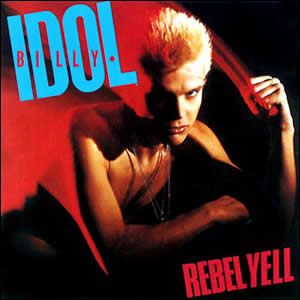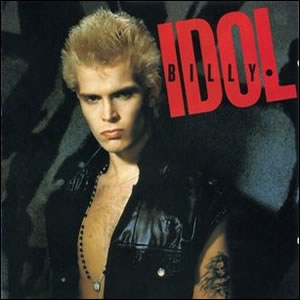Rebel Yell by Billy Idol
Buy Rebel Yell Rebel Yell is the second studio album by Billy Idol, released during the height of his popularity in late 1983. Four charting hits were spawned from this album, which reached […]

Buy Rebel Yell Rebel Yell is the second studio album by Billy Idol, released during the height of his popularity in late 1983. Four charting hits were spawned from this album, which reached […]

Buy Billy Idol The debut album by Billy Idol is amazingly diverse and mainstream-leaning for an artist supposedly fresh off the punk scene. In fact, Idol today admits that his late seventies outfit, […]